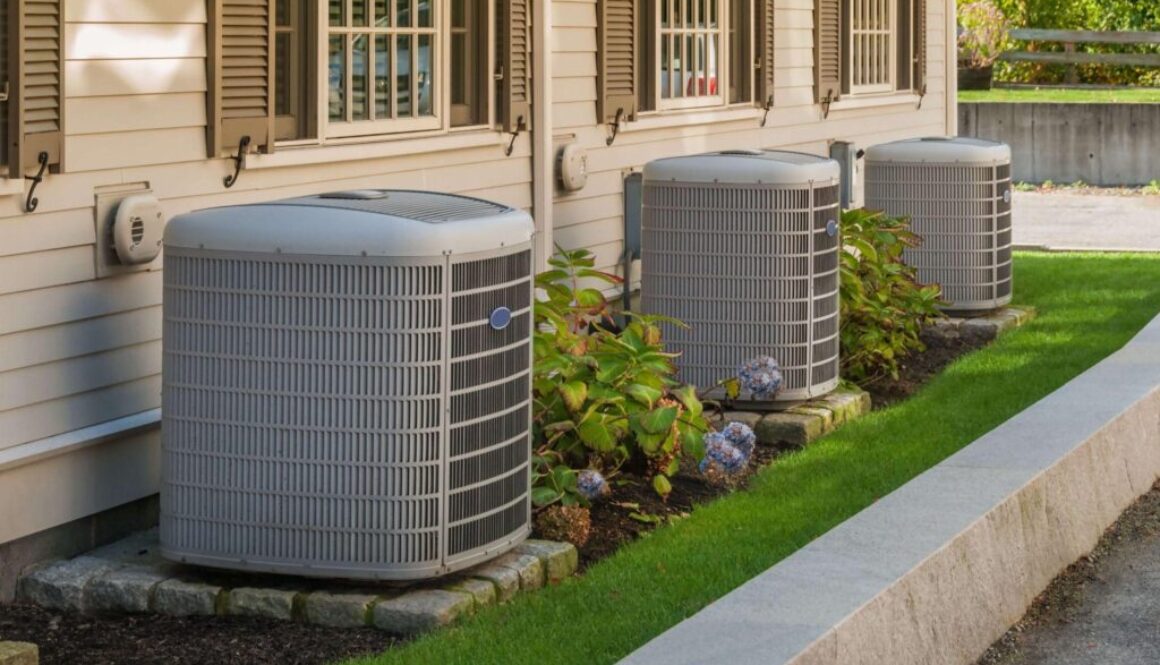Residential HVAC: Heating, Venting & Cooling
The HVAC system works as a silent hero when it comes to maintaining a comfortable and energy-efficient home environment. The residential HVAC system includes a heating, ventilation, and air conditioning system.
It provides ventilation and filters out particles such as dust, pollen, dander, and other allergens. Big Sky Heating and Cooling System oversees the seamless function and maintenance of your HVAC system to keep utility costs low, maintain normal temperatures, provide healthy air quality to your family and friends, and ensure solid home equity when it comes time to sell.
In this guide, we’ll break down how home HVAC systems work and provide essential tips for HVAC installation.
Breakdown of HVAC Systems Work in a Residential Setting
Residential heating and cooling solutions operate by managing airflow, temperature, and humidity to create optimal comfort. A typical home HVAC system includes three main components—heating, ventilation, and cooling—working in sync for residential climate control.
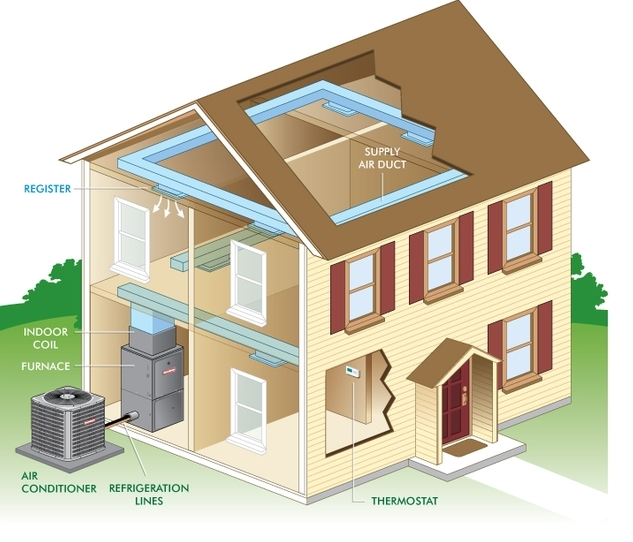
The following are the systems that vary by home type and local climate, making them essential for your home:
The Heating System
Heating is critical for comfort during colder months. An HVAC heating system is a network of components that work together to regulate the temperature of your home. This system is designed to create a comfortable and healthy indoor air quality.
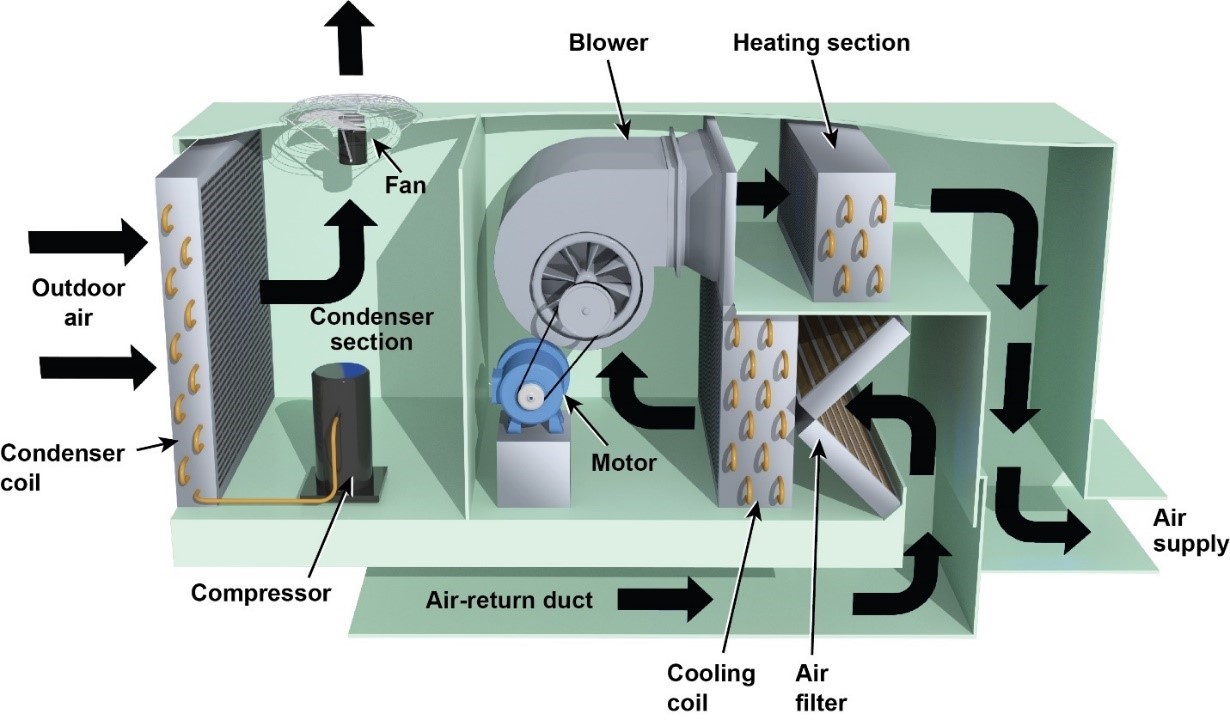
Let’s explore the heating process of HVAC heating systems that warm up your homes
The Heating Process! |
➢ The thermostat signals the demand for heat. |
➢ The furnace activates. |
➢ Burning fuel warms up the air (in furnaces) or extracts heat from outside (in heat pumps). |
➢ A blower fan circulates the heated air through ductwork. |
➢ Warm air enters rooms through vents or registers. |
The Cooling System
An HVAC cooling system, or central air conditioning, a part of a larger HVAC system, focuses on cooling indoor spaces. This system plays a crucial role in maintaining comfort and air quality, particularly in hot and humid environments.
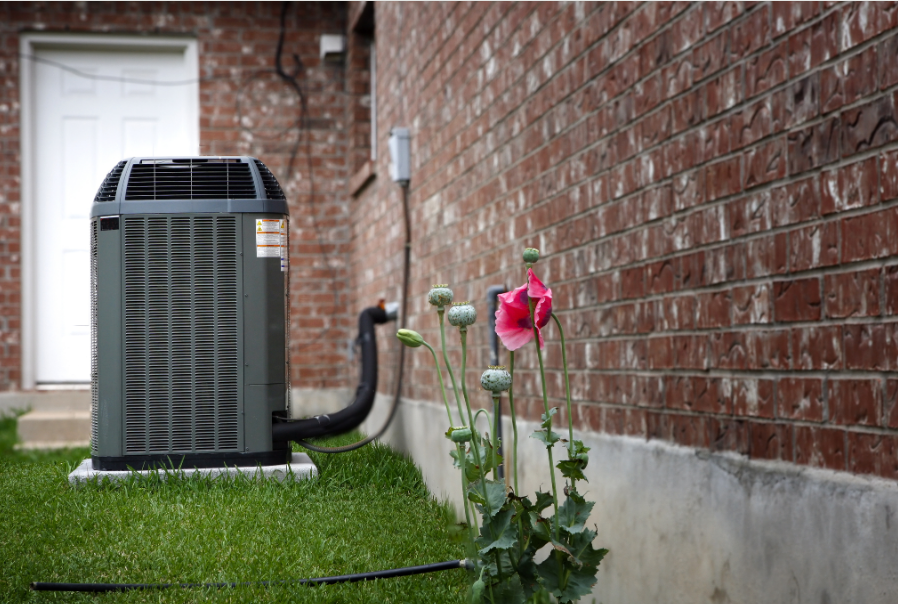
Let’s explore the cooling process of HVAC cooling systems that keep your indoors cool and chill:
The Cooling Process! |
➢ Warm indoor air passes over cold evaporator coils. |
➢ The refrigerant in the coils absorbs heat. |
➢ The cooled air is circulated back into the living space. |
➢ Heated refrigerant travels to the outdoor condenser unit. |
➢ The condenser releases the absorbed heat outside. |
The Ventilation System
HVAC ventilation systems are crucial for maintaining indoor air quality and comfort. It provides fresh air, removes stale air, and filters pollutants, creating a healthy and comfortable indoor environment. The ducted HVAC systems help to control humidity and remove airborne contaminants.
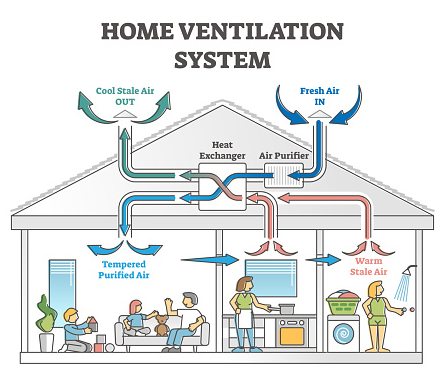
Let’s explore the ventilation process of HVAC systems that improve air quality at home:
The Ventilation System! |
➢ Air Circulation |
➢ Fresh Air Intake |
➢ Stale Air Exhaust |
➢ Air Filtration |
➢ Temperature and Humidity Control |
Install it Right, Keep it Tight: Installation and Maintenance Tips of HVAC Systems.
Your HVAC system plays a crucial role in maintaining a comfortable and healthy indoor environment. However, to ensure it operates efficiently and lasts for years to come, expert energy-efficient HVAC installation and regular maintenance are essential. This is especially important in smart thermostats for HVAC integration, where connectivity matters.

Here is how professionals install an HVAC system at your home:
The HVAC Installation Process! |
➢ Preparation |
➢ Removal of the Old System |
➢ Installation of the New System |
➢ Testing |
HVAC Maintenance
HVAC (Heating, Ventilation, and Air Conditioning) maintenance is crucial for several reasons, including improved indoor air quality, increased energy efficiency, extended system lifespan, and reduced maintenance costs
Did you know? HVAC systems that have been regularly cleaned use between 41% and 60% less energy. |
Here are the following items we include in the homeowner’s HVAC maintenance checklist:
Keep your HVAC right! |
➢ Regular Filter Changes |
➢ Cleaning Coils |
➢ Thermostat Settings |
➢ Monitoring refrigerant pressure |
➢ Professional HVAC system inspection |
Regular maintenance also helps maintain warranty coverage, ensures safety, and improves overall comfort. All homeowners should take the time to perform standard home HVAC maintenance tasks each year in order to keep their systems functioning well.
Conclusion
A thorough understanding and diligent maintenance of the components of the residential HVAC system are essential for ensuring a comfortable and efficient home environment. A fully functioning residential HVAC system improves comfort, efficiency, and indoor air quality. Whether you’re looking for “HVAC repair for homes“, planning an HVAC system tune-up, or scheduling emergency HVAC repair, trust a professional HVAC repair company to get top-notch service. Investing in quality installation and routine maintenance ensures your residential heating and cooling solution stands the test of time.
FAQs
How often should I service my HVAC system?
Most HVAC professionals recommend servicing your system twice a year: once before summer for cooling and once before winter for heating.
How long does the HVAC system last?
The life expectancy of an HVAC system typically ranges from 15 to 25 years, depending on factors like usage, maintenance, and system type.
What’s the difference between residential and commercial HVAC?
Residential systems are smaller, designed for home use, and focus on comfort, while commercial HVAC systems serve larger buildings with complex zoning and ventilation needs.
How often should I change my air filters?
Air filters generally need to be replaced every 1-3 months, depending on your home’s use and air quality.
What things are involved in HVAC service for homeowners?
HVAC services for homeowners typically include maintenance, repairs, and installations of heating, ventilation, and air conditioning systems.

